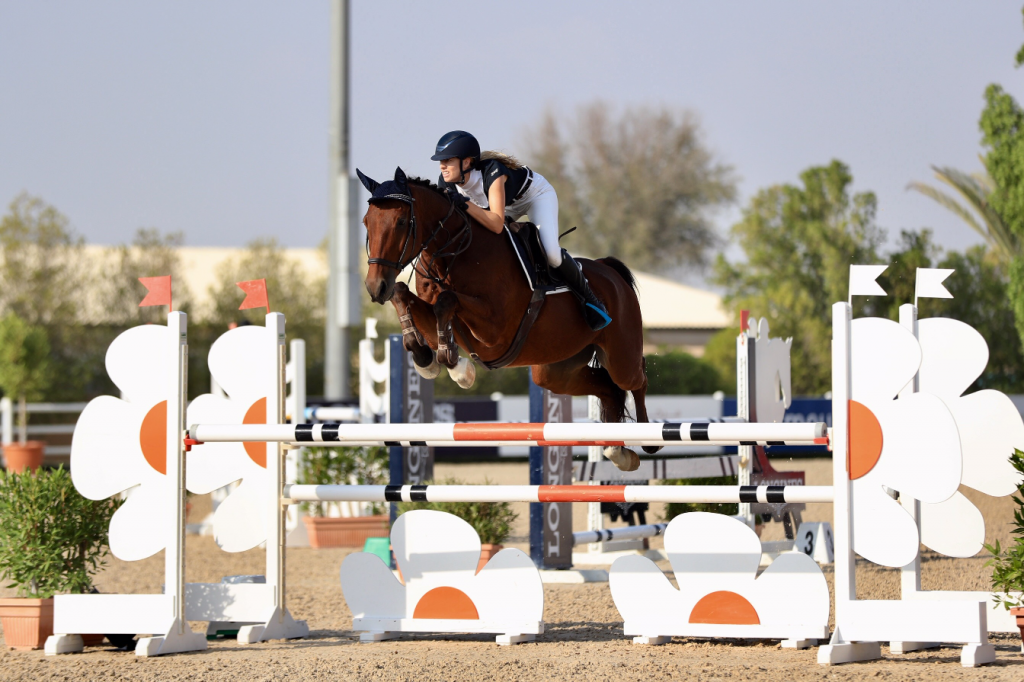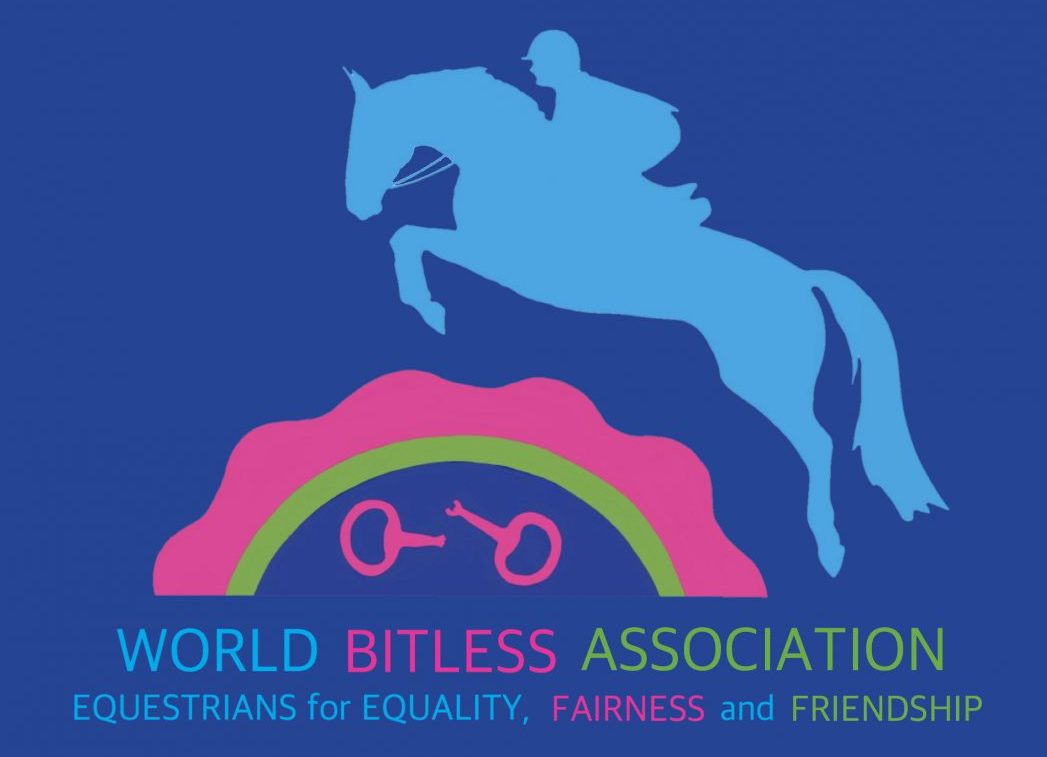
World Bitless Association aims to:
- Raise the standards of horse training by promoting training methods based on sound science, compassion and adherence to the principles of LIMA*.
- Promote the worldwide use of modern bitless bridles through its Bitless Ambassadors
- Change the rules to allow free choice of bitted or bitless bridles and options for bitted bridles without nosebands
WBA aims to raise the standards of horse training and welfare by promoting training methods based on sound science, (learning theory) compassion and adherence to the principles of LIMA*. WBA seeks to improve the standards of competitive riding, so that the rules concerning improper and abusive riding are enforced properly.
The rules of equestrian sports and competitive events are currently devised and governed by national and international equestrian bodies. These bodies stipulate in their rules what tack and other equipment can and cannot be used by competing riders. The rules vary across the types of sport, and across the various levels at which horses are ridden and driven within the sports. Currently, the equestrian governing bodies ban the use of bitless bridles in most of these sports and at most levels of competition. It is our view that the rules discriminating against modern bitless bridles are not only unfair to riders and horses but also have serious welfare implications for horses mandated to be ridden bitted in competitions, when they perform better in bitless bridles.
The purpose of the World Bitless Association and our Why Not Bitless campaign is to have these rules changed so that riders who wish to ride without their horse having a bit can do so in any horse sports and at any and all levels of competition, alongside those riders who ride with their horse bitted – we require bridle equality.
As a major part of its global work to correct this situation, Why Not Bitless awards rosettes to riders who take part in horse sports around the world. These riders are our Bitless Ambassadors, showing that horses can be ridden perfectly well without the use of the bit.
"I wouldn't mind in the slightest if I competed against a bitless competitor, it’s a personal choice."
Carl Hester MBE
What Is LIMA?
Credit to the International Association of Animal Behaviour Consultants.
‘LIMA’ is an acronym for the phrase “least intrusive, minimally aversive.” LIMA describes a trainer or behaviour consultant who uses the least intrusive, minimally aversive strategy out of a set of humane and effective tactics likely to succeed in achieving a training or behaviour change objective. LIMA adherence also requires consultants/trainers/owners to be adequately educated and skilled in order to ensure that the least intrusive and aversive procedure is used.
LIMA does not justify the use of punishment in lieu of other effective interventions and strategies. In the vast majority of cases, desired behaviour change can be effected by focusing on the animal’s environment, physical well-being, and operant and classical interventions such as differential reinforcement of an alternative behaviour, desensitization, and counter-conditioning.
Endorsed trainers have academic qualifications in behavioural science, a proven track record in training of horses and a fully functioning training platform which may also have distance learning facilities. Endorsed trainers are likely to have published articles in academic journals or the popular horse riding magazines. Endorsed trainers will be using reward-based training (positive reinforcement and shaping) for much of their work with horses while adhering to the principles of LIMA (least invasive minimally aversive methods of training and tack used). They will also have a sound knowledge of equine behaviour based on the equine ethogram. They are likely to hold a degree–level qualification in animal behaviour.
Associate trainers have a proven track record in horse training and will be developing their training methods to ensure the minimal use of aversive stimuli. Associate trainers are encouraged to develop their training to adhere to the guiding principles of LIMA. Associate trainers will already have a reasonable working knowledge of learning theory principles, the equine ethogram and equine behaviour. They may be studying for academic behaviour qualifications in animal behaviour. Associate trainers must demonstrate high standards of delivery to a variety of clients and levels of horses. Associate trainers will already be adhering to a higher standard of husbandry and management of the horses in their care than is usually found within equestrianism. Associate trainers will have a broad understanding of how different types of tack function and their effects when used on horses in terms of how aversive they might be, so as to avoid pain and the threat of pressure or pain at all times. Associate trainers should have a website which describes their training programmes and methods in some detail; they will be working as a professional in their home country and may be offering internet-based training platforms for distance learning.
